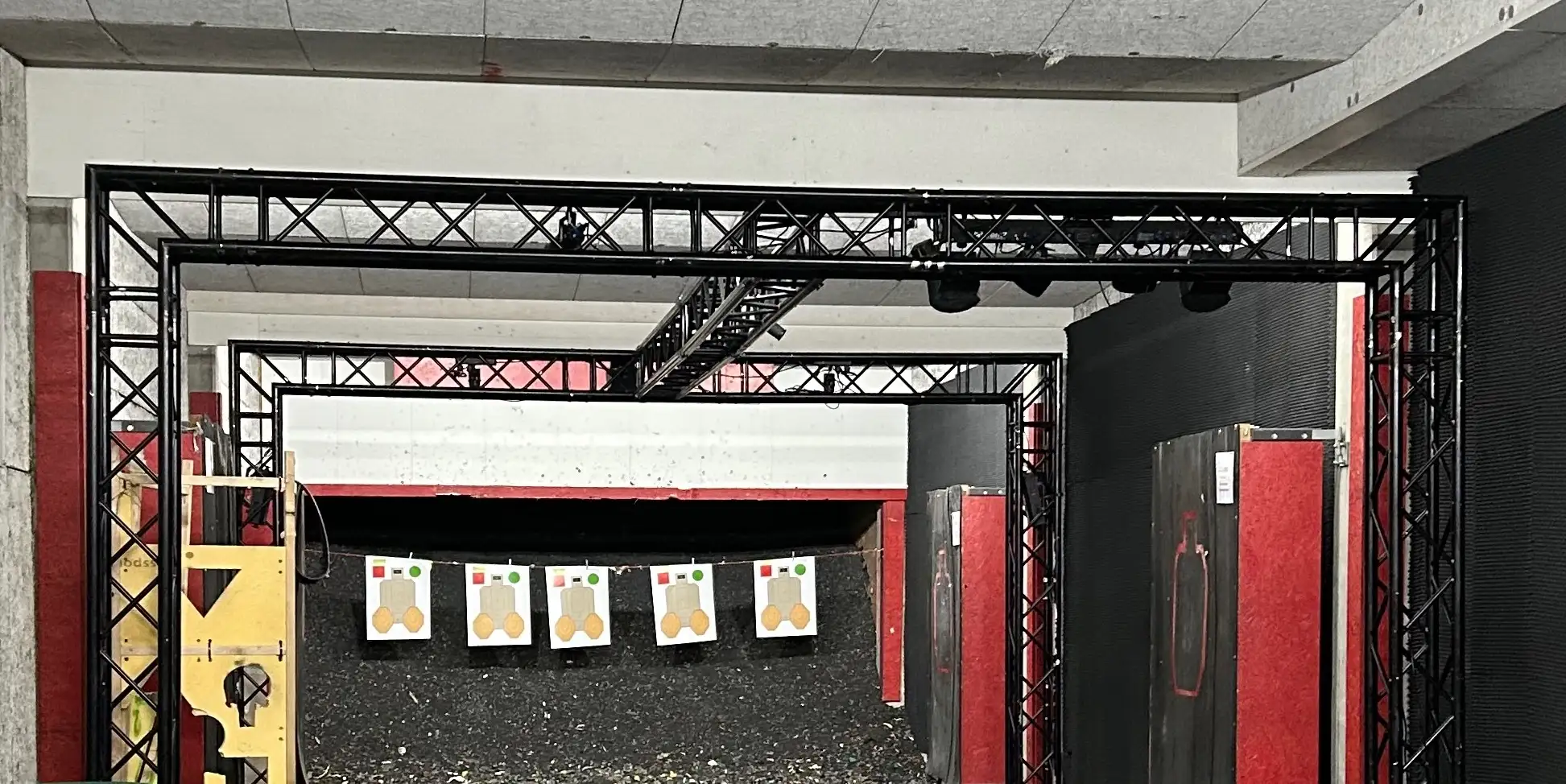
Introduction
Firing a pistol is a skill that demands precision, discipline, and constant practice. Whether you’re a novice looking to learn the basics or an experienced shooter striving to enhance your accuracy, mastering pistol firing techniques is crucial for safety and success. In this guide, we’ll take you through the key steps and principles to help you fire a pistol properly.
Safety First
Before delving into firing techniques, it’s paramount to prioritize safety. Always treat every firearm as if it’s loaded, and never point it at anything you’re not willing to destroy. Familiarize yourself with the pistol’s safety mechanisms and ensure that the muzzle is pointed in a safe direction at all times.
Grip and Stance
A solid grip and proper stance are the foundation of accurate pistol firing. Follow these steps:
- Grip: Hold the pistol with your dominant hand, ensuring a high and firm grasp on the handle. The web of your hand should be as high as possible on the backstrap, allowing for better recoil control. Your non-dominant hand should wrap around your dominant hand’s fingers, creating a secure two-handed grip.
- Stance: Your feet should be shoulder-width apart, forming a stable base. Distribute your weight evenly between both legs, with a slight bend in your knees. Stand at a slight angle to the target, which helps reduce your profile and manage recoil.
Your dominant hand is the hand that you’re more likely to use when you’re doing fine motor tasks like writing, brushing your teeth, or catching a ball.
Sight Alignment and Picture
Find your dominant eye, your dominant eye is the eye your brain prefers for processing sight information.
Select an item located approximately 7 meters away and roughly the size of a doorknob or a light switch. Raise both of your hands, creating a triangular frame that encloses the chosen object. While keeping both eyes open, stretch your arms outward, ensuring that the object remains centered within the triangular frame. Following this, close one eye at a time while maintaining the position of the triangular frame without any movement. Begin by closing your left eye and observing your field of vision. Then, open your left eye and proceed to close your right eye, making note of your visual experience. Whichever open eye allows you to see the object neatly framed within your hands indicates the eye your brain has the most confidence in. This open eye is your dominant one.

How to determine if you’re left eye dominant

How to determine if you’re right eye dominant
Achieving accurate shots heavily relies on proper sight alignment and sight picture:
- Sight Alignment: The front and rear sights should be aligned perfectly. The front sight post should be centered within the rear sight notch, and the tops of both sights should be at the same height.
- Sight Picture: When you align your sights on the target, focus on the front sight. The target and rear sight should appear slightly blurry. This ensures your focus is on the front sight, which is crucial for accuracy.
Trigger Control
Mastering trigger control is essential for accurate firing:
- Trigger Finger Placement: Place the pad of your trigger finger (the part between the fingertip and the first joint) on the trigger. Avoid using the joint, as it can lead to lateral movement when pulling the trigger.
- Smooth Squeeze: Apply gradual, steady pressure on the trigger. The motion should be smooth and controlled, without disturbing the sight alignment.
Breathing and Follow-Through
Managing your breath and maintaining proper follow-through contribute to consistent accuracy:
- Breathing: While aiming, take a deep breath, let it out partially, and hold your breath momentarily. This reduces the movement of your chest, aiding in steadier aim.
- Follow-Through: After the shot breaks, maintain your sight picture and keep your focus on the front sight for a moment. This helps prevent flinching and allows you to see any sight misalignment.
Recoil Management
Controlling recoil is essential for quick follow-up shots:
- Grip Pressure: Maintain a firm grip, but don’t grip so tightly that your hand fatigues quickly. Allow the pistol to move within your grip slightly to absorb some of the recoil.
Practice Regularly
Becoming proficient with a pistol requires consistent practice. Regularly visit a shooting range to refine your skills and reinforce proper techniques. Dry firing (practicing without live ammunition) can also be invaluable for honing your trigger control and sight alignment.
Conclusion
Firing a pistol properly is a blend of art and science. By mastering the fundamental techniques outlined in this guide, you can significantly enhance your accuracy and overall shooting skills. Remember, safety should always be your top priority. Whether you’re a beginner or an experienced shooter, continuous learning and practice will pave the way to becoming a more skilled and responsible pistol handler.